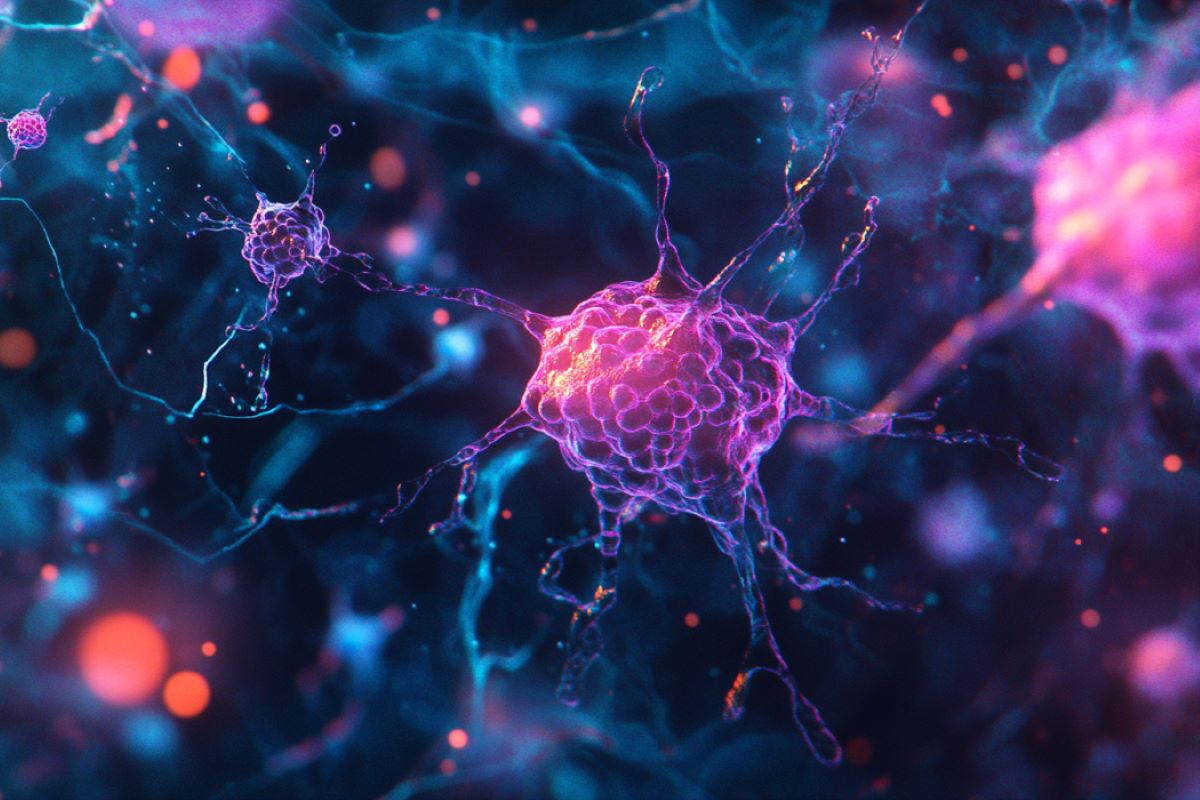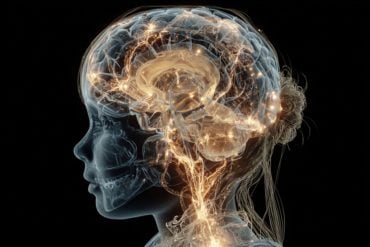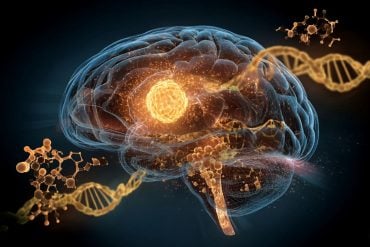Summary: New research reveals that immune responses play a crucial role in the formation of Lewy bodies, protein aggregates that mark Parkinson’s disease and other neurological conditions. Using human stem cells, scientists recreated Lewy bodies in dopaminergic neurons by combining alpha-synuclein protein buildup with immune stimulation.
This study shows that without immune challenge, Lewy bodies do not form, highlighting a specific vulnerability in dopaminergic neurons. These findings provide valuable insights into how immune responses may drive Parkinson’s, paving the way for new treatment approaches targeting inflammation and cellular waste clearance.
Key Facts
- Lewy bodies form in dopaminergic neurons only when immune response and alpha-synuclein buildup co-occur.
- This study is the first to recreate Lewy bodies in live human neurons using stem cells.
- Findings may guide future Parkinson’s treatments focused on immune modulation.
Source: McGill University
Lewy bodies are a hallmark of Parkinson’s disease (PD) and other related neurological conditions. Understanding why and how they develop is critical to developing better treatments.
A study from The Neuro (Montreal Neurological Institute-Hospital) of McGill University, in collaboration with its Early Drug Discovery Unit, has recreated the growth of Lewy bodies in human neurons and followed their formation to gain important insight into why and how they form.
Critically, they find that immune challenge is important for this process, identifying a previously unknown link between the immune system and neurological disease.

Lewy bodies are thought to result from buildup of misfolded proteins in neurons. Previously, the only way to study them in human neurons was through brain autopsy, which is not ideal because cells break down quickly after death.
In this study, neuroscientists used human stem cells to create Lewy bodies in living dopaminergic neurons, the kind of cells especially at risk in PD.
The scientists did this by incubating the neurons with a protein called alpha-synuclein, which is found in Lewy bodies, and coupling it to an immune reaction.
The results reveal that Lewy bodies develop only when dopaminergic neurons are exposed to both a rise in alpha-synuclein and an immune stimulation. Without the immune challenge, no Lewy bodies developed.
Moreover, performing the same procedure on other cells, such as cortical neurons does not produce Lewy bodies, suggesting this effect is specific to dopaminergic neurons.
By following the development of Lewy bodies in real-time, the scientists discovered that in dopaminergic neurons, the immune response impairs autophagy—the removal of damaged cellular materials.
They also found that in these cells, Lewy bodies are membrane-bound, and contain other organelles and membrane fragments, contradicting previous dogma that Lewy bodies were composed exclusively of misfolded proteins.
This study is the first to show that both alpha-synuclein and an immune response are needed for Lewy body formation and that this effect is specific to dopaminergic neurons. It also provides important insight into Lewy body formation and structure, information that could be important to future drug development.
“Replicating Lewy body formation in living neurons is a significant step forward to understanding key aspects of Parkinson’s and other neurological disease,” says Peter McPherson, a researcher at The Neuro and the study’s senior author.
“These neurons came from stem cells of healthy patients, suggesting anyone can develop Parkinson’s if exposed to the right environment, and so a genetic predisposition to disease may not be necessary.”
“The results support previous research showing that an immune response plays an important role in Parkinson’s development,” says Armin Bayati, a PhD candidate in McPherson’s lab and the study’s first author.
“Future studies should focus on understanding how inflammation caused by an overexcited immune system causes Lewy body formation when coupled with α-synuclein.”
Funding: The scientists published their results in the journal Nature Neuroscience on Oct. 8, 2024. The study was made possible by support from the Canada First Research Excellence Fund, Healthy Brain, Healthy Lives, the Canadian Institutes for Health Research, and Fonds de recherche du Québec- Santé.
About this neurology research news
Author: Shawn Hayward
Source: McGill University
Contact: Shawn Hayward – McGill University
Image: The image is credited to Neuroscience News
Original Research: Closed access.
“Modeling Parkinson’s disease pathology in human dopaminergic neurons by sequential exposure to α-synuclein fibrils and proinflammatory cytokines” by Peter McPherson et al. Nature Neuroscience
Abstract
Modeling Parkinson’s disease pathology in human dopaminergic neurons by sequential exposure to α-synuclein fibrils and proinflammatory cytokines
Lewy bodies (LBs), α-synuclein-enriched intracellular inclusions, are a hallmark of Parkinson’s disease (PD) pathology, yet a cellular model for LB formation remains elusive. Recent evidence indicates that immune dysfunction may contribute to the development of PD.
In this study, we found that induced pluripotent stem cell (iPSC)-derived human dopaminergic (DA) neurons form LB-like inclusions after treatment with α-synuclein preformed fibrils (PFFs) but only when coupled to a model of immune challenge (interferon-γ or interleukin-1β treatment) or when co-cultured with activated microglia-like cells.
Exposure to interferon-γ impairs lysosome function in DA neurons, contributing to LB formation. The knockdown of LAMP2 or the knockout of GBA in conjunction with PFF administration is sufficient for inclusion formation.
Finally, we observed that the LB-like inclusions in iPSC-derived DA neurons are membrane bound, suggesting that they are not limited to the cytoplasmic compartment but may be formed due to dysfunctions in autophagy.
Together, these data indicate that immune-triggered lysosomal dysfunction may contribute to the development of PD pathology.






